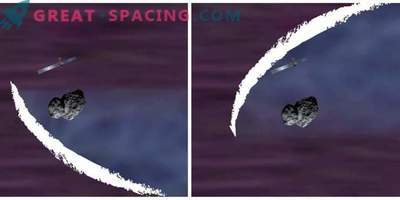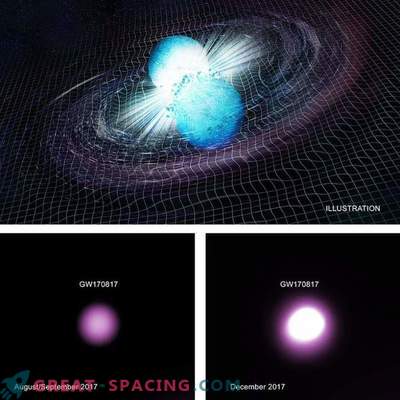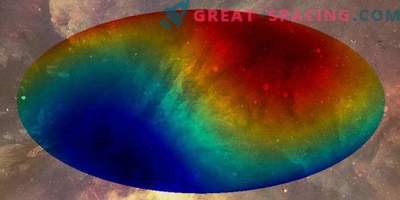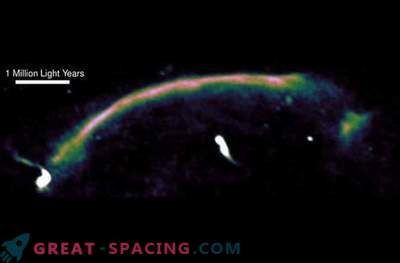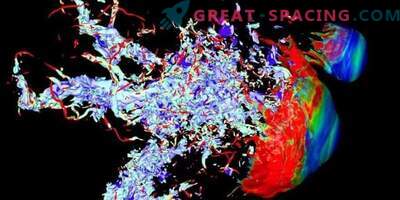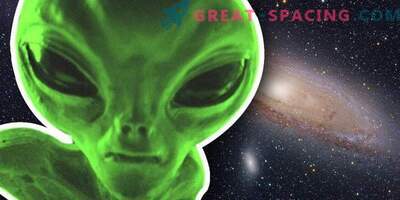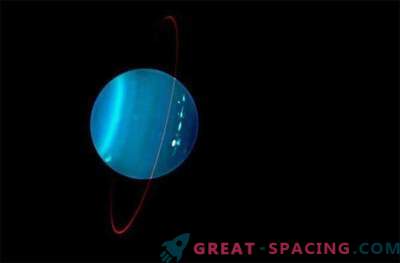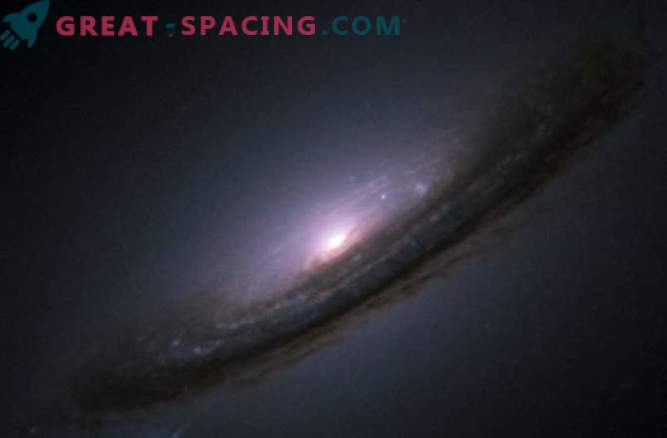
The shockwave caused by the explosion of an aging giant star was discovered by an international group of astronomers.
"The discovery accepted for publication in the Astrophysical Journal will help scientists understand the life cycle of stars," said study co-author Brad Tucker of the Australian National University.
“This is the first time we have seen such an event in normal visible colors, and now we know how this happens,” added Dr. Tucker.
“In a fundamental way, we believe that the destruction of the nucleus that has occurred is due to the resulting shock wave. Thus, physics has been around ... for decades, and now we have the opportunity to physically check and study what is happening. ”
The team of scientists observed the early moments of the explosion of two old stars with the help of the Kepler space telescope.
They noticed a shock wave around the smaller of two stars — a red supergiant 270 times larger than the radius of the Sun and 750 million light-years from Earth.
After the star runs out of fuel, it begins to collapse and shrink to the center of its core.
“It's like squeezing dirt,” said Dr. Tucker. “You keep squeezing it until it is very dense; it also happens when you create a neutron star. But you will reach the limit when you cannot pack it more, and the pushing force will rebound back, causing a shock wave to pass through the star, as a result of which it will actually explode. ” At this point, the supernova begins to create heavier elements of the periodic table, such as gold, silver, platinum.
“This is an extraordinary moment when we can see the origin of the periodic table, and we can see the process of creating these new elements, and also see the transition from dividing to merging at the same time due to the shock wave passing through the star,” said Dr. Tucker.
The shock wave caused by the destruction of a nucleus or supernova of type IIp was seen as a rapid luminescence or flash. The supernova itself creates a glow, but it disappears after a longer period of time.
Since the shock wave does not last long (usually from several hours to several days) it was difficult to catch one of them.
“Previously, scientists observed a shock wave in the X-ray spectrum (opposite to visible light), but it was pure luck,” said Dr. Tucker.
“In fact, they watched another exploding star, and it so happened that they saw what was needed in the same part of the sky, right at the moment of observation. It was definitely luck. ”
The Kepler space telescope allowed astronomers to systematically scan the sky.
“Kepler is unique,” said Dr. Tucker, “because he is in space and is so tuned that you can control the sky every 30 minutes. So you know that when a star bursts, you will see it within 30 minutes. ”
However, the second exploding red giant, which they observed, showed no signs of a shock wave. The researchers suggested that this was due to the huge size of the second star - with a radius of 400 times the size of our Sun, which made the shock wave through the star hard to go out into space.
“Since she had to go twice as far (as compared to other shock waves), we believe that the shock wave was, but could not go beyond the surface of the star, and therefore we could not see it,” said Dr. Tucker.
The exploding red giants were discovered in the first mission of the Kepler Space Observatory, called K1. Four other supernovae were discovered in this mission - three previously discovered open stars were caused by a collision of pairs of very old, dense stars called white dwarfs, and another star is to be analyzed.
The second Kepler mission (named K2) began in 2014 after the restoration of the space telescope, and 20 supernovae have already been discovered, which are yet to be analyzed.
“With the original Kepler mission, we received 500 galaxies and six supernovae,” said Dr. Tucker.
“With K2 we got from 3,000 to 5,000 galaxies at the same time; we have increased the number of galaxies and we hope to increase the number of supernovae detected. ”


